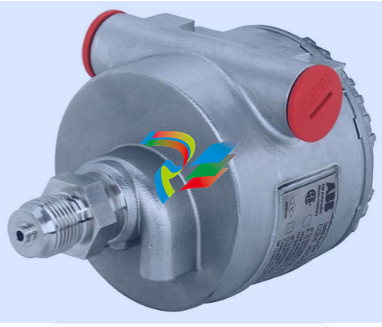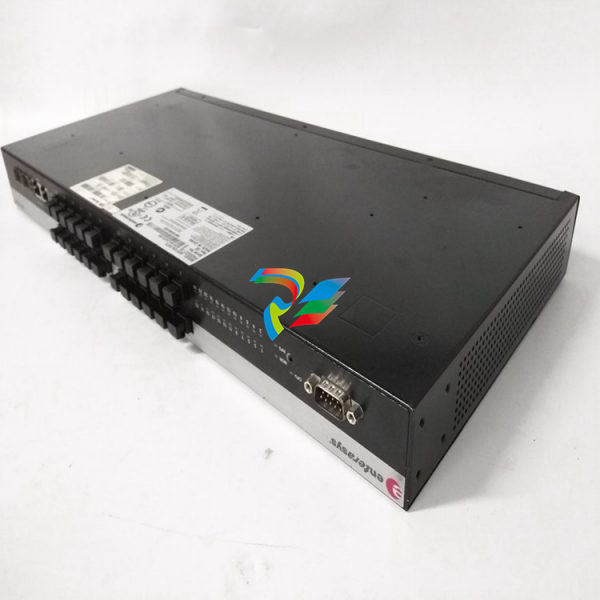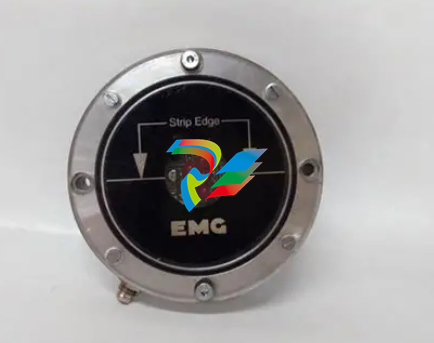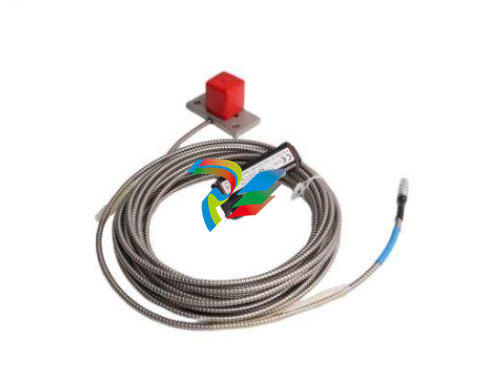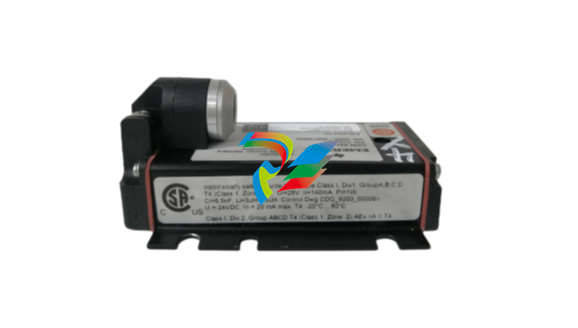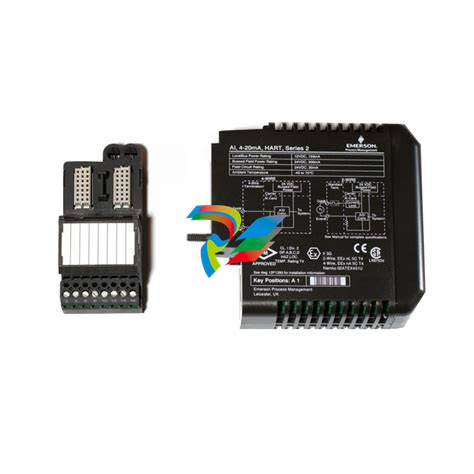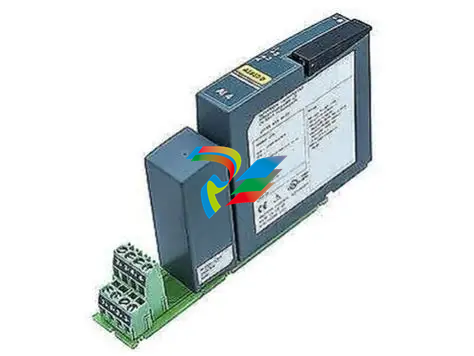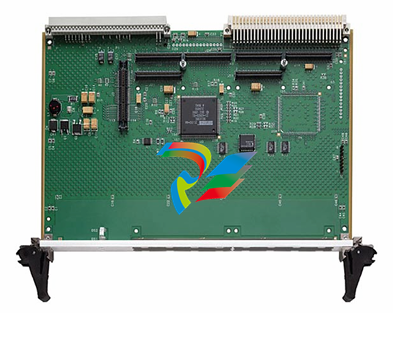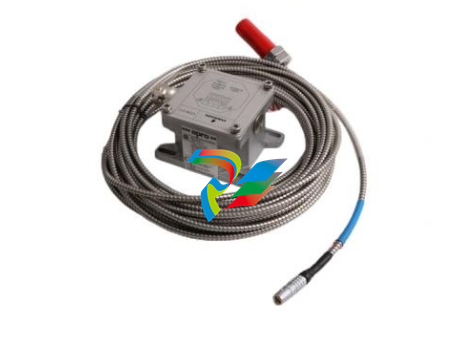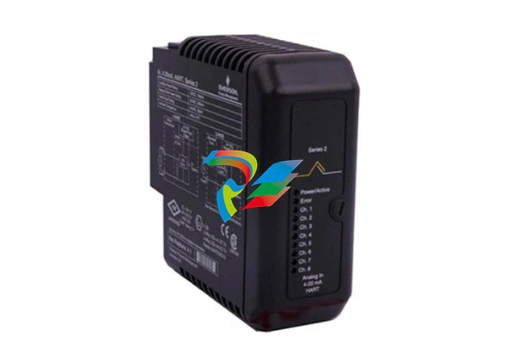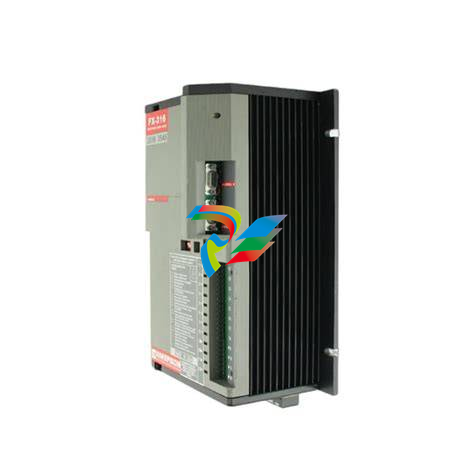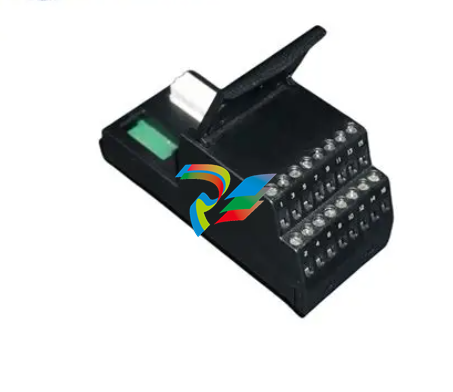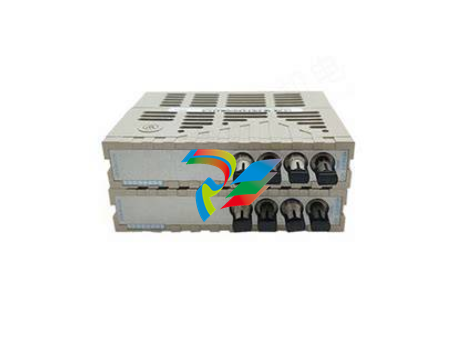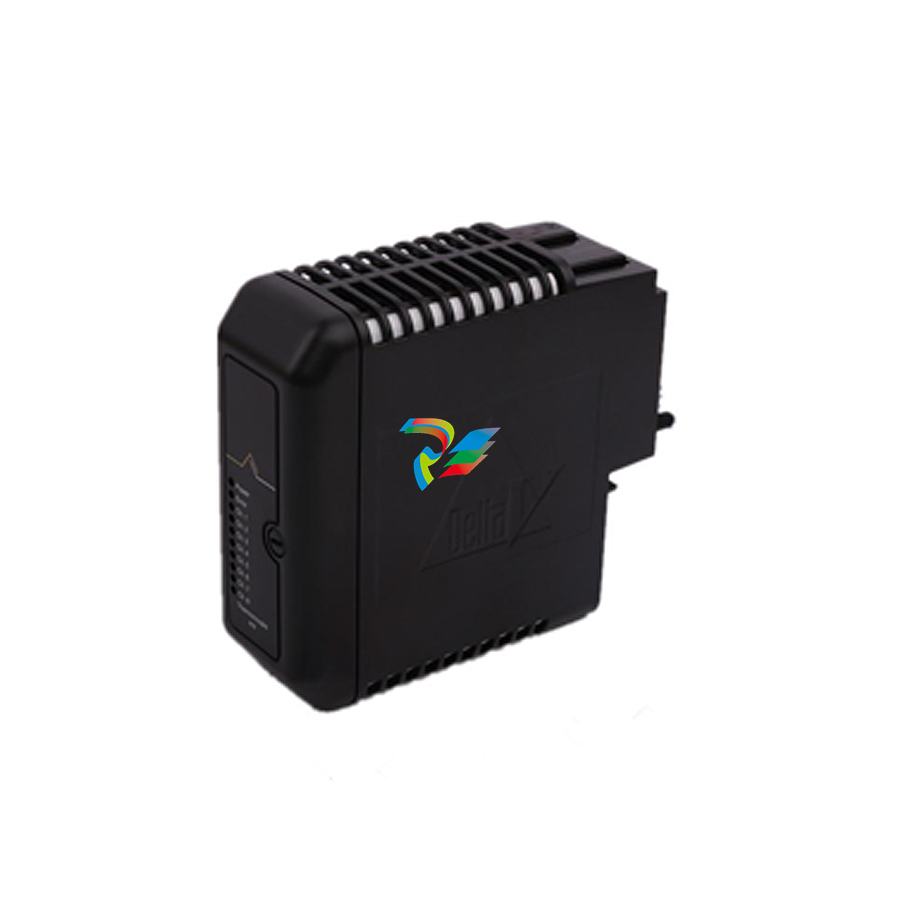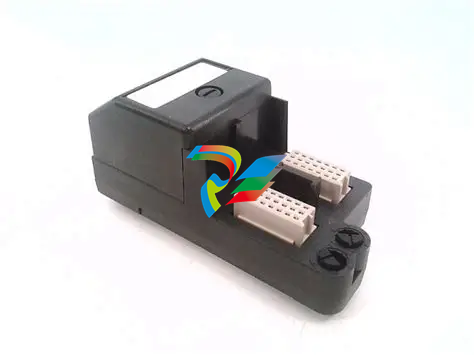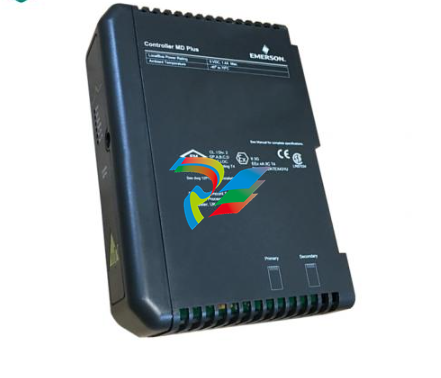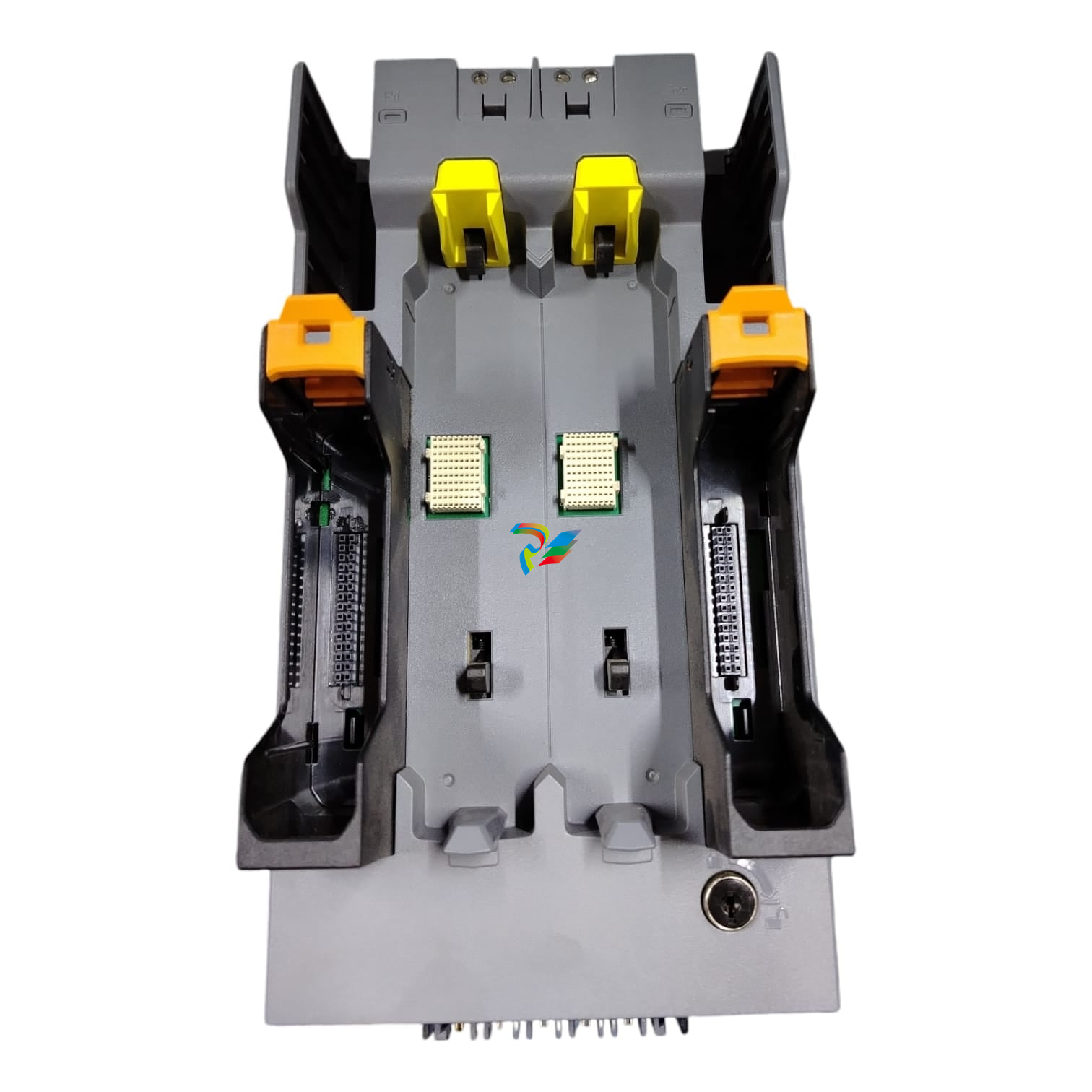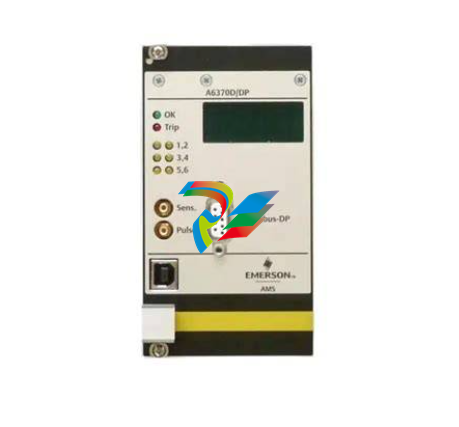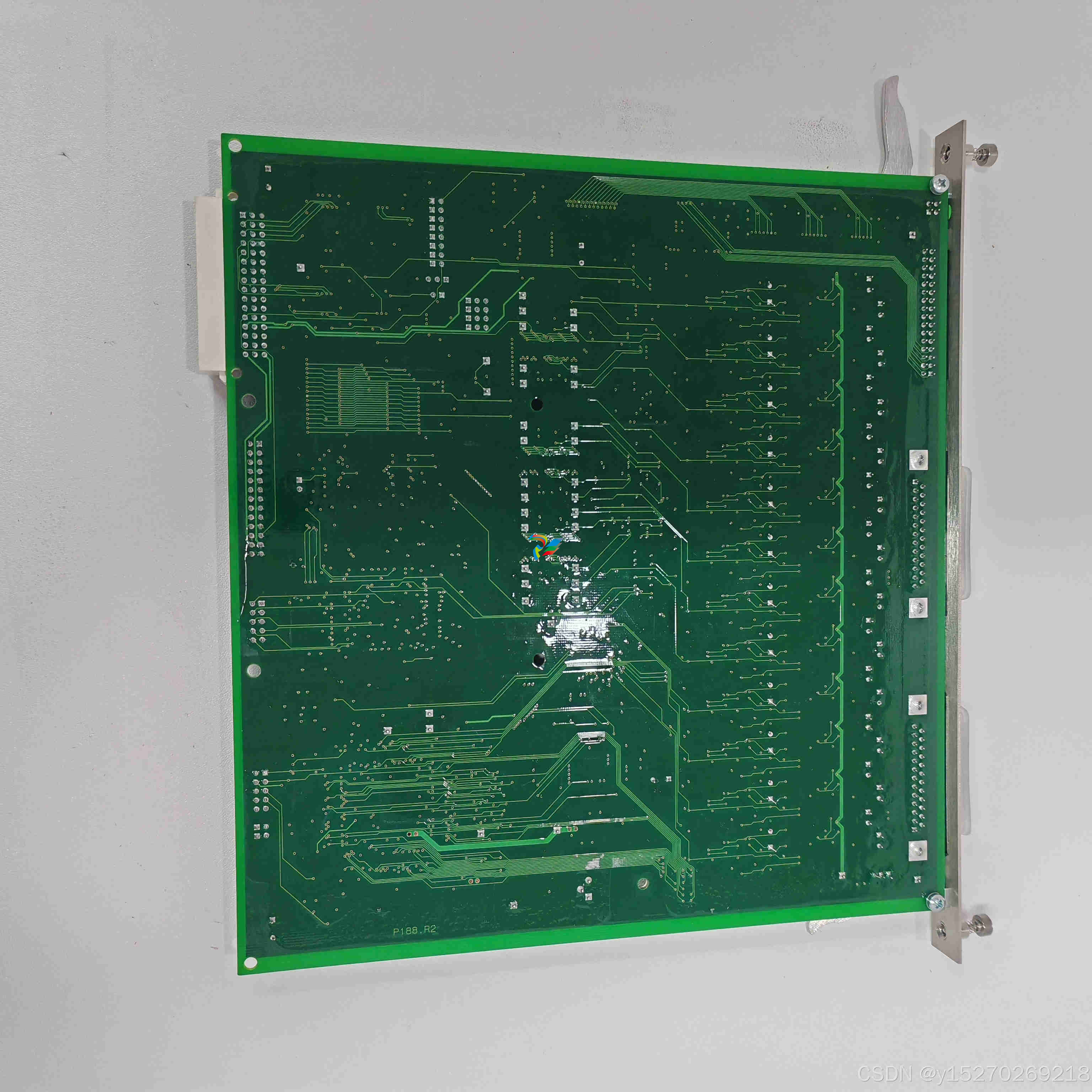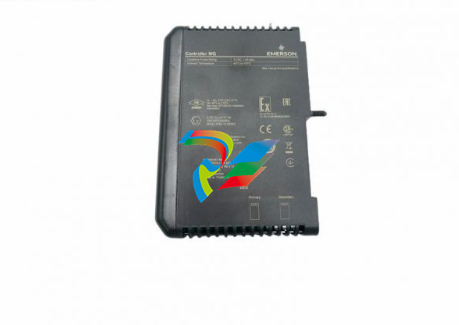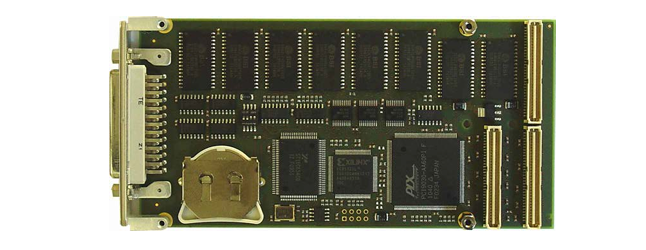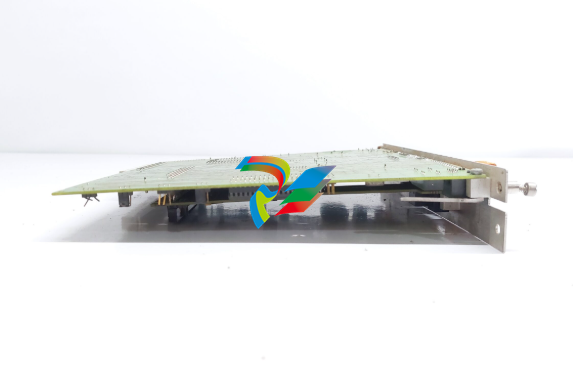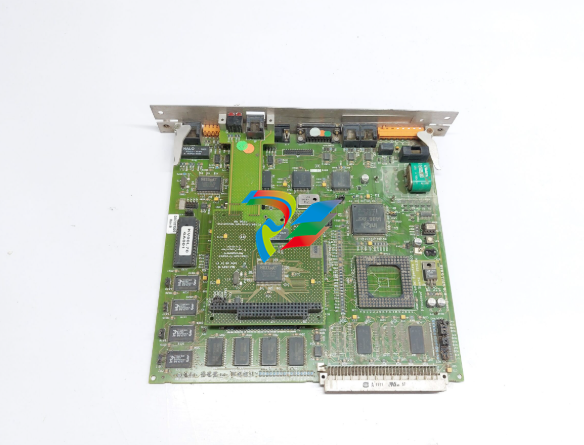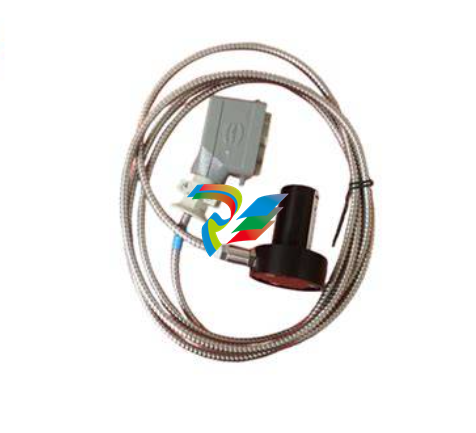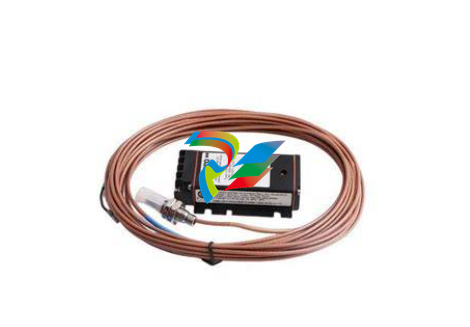
Summary of the User Manual for ABB InstrumentationIT 2600T Pressure Transmitter
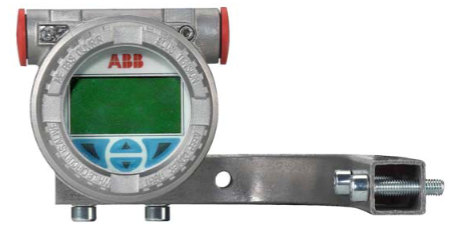
Summary of ABB 364Gx/Ax Pressure Transmitter User Manual
This document is the user manual for the 364Gx and 364Ax models of ABB InstrumentationIT 2600T series pressure transmitters, covering operational guidelines throughout the entire lifecycle of the device, including safety specifications, installation, configuration, operation, calibration, maintenance, and troubleshooting.
I. Safety and Responsibility
Personnel Qualification Requirements
Only trained professional personnel are allowed to perform installation, wiring, commissioning, and maintenance. They must have qualifications in electrical operations, high-pressure handling, and corrosive medium management, and use insulated tools compliant with DIN EN 60900 standards.Core Safety Warnings
The device may come into contact with high pressure or corrosive media. Before operation, pressure must be relieved and medium compatibility checked.
Electrical installation must comply with local regulations (such as DIN 31000/VDE 1000). In explosive environments, non-sparking tools must be used.
Misuse is prohibited (e.g., using as a climbing aid, supporting loads, tampering with nameplates or housings). Unauthorized repairs or modifications will invalidate the warranty.
Environmental Protection and Disposal
Unpacking and Inspection
After unpacking, check for transportation damage and accessories (including manuals, calibration reports, 3mm Allen key, etc.). Storage must use the original packaging, and the environment must meet technical parameter requirements (no storage time limit, but warranty terms apply).Installation Preparation
Confirm that the device model meets measurement requirements (range, temperature resistance, explosion-proof rating, etc.) and check the compatibility of components in contact with the medium (gaskets, process interfaces). Installation should avoid interfering environments such as severe temperature changes and vibrations.Installation Methods
Pipe Mounting: Supports 2-inch pipes. The bracket fixing torque is 10-12Nm, and the transmitter fixing torque is 1±0.2Nm.
Wall Mounting: The bracket fixing torque is 10-12Nm, and the transmitter fixing torque is 1±0.2Nm; gaskets must be used.
LCD Display Positioning: The display direction can be adjusted by rotating through 4 90° interfaces on the back.
Wiring Requirements
Use 18-22 AWG (0.35-0.8mm²) twisted-pair cables with a maximum length of 1500 meters. The shield layer must be grounded at only one end.
Protective earthing must be connected to a dedicated terminal with a grounding resistance ≤5Ω, and the wire specification must be ≥15 AWG (1.6mm²).
HART communication requires a loop resistance ≥250Ω; additional resistance must be added if insufficient.
Calibration Preparation
A stable pressure source and reference indicator (with accuracy at least 4 times that of the transmitter) are required. Ensure the device is powered off, free of residual media, and the write protection switch is set to "OFF".Sensor Adjustment
Zero Adjustment: Perform via CoMeter, HHT, or PC under stable zero pressure.
High/Low Point Adjustment: Calibrate at low and high range pressures via LCD (Calibrate > Sensor Trim), HHT, or PC.
Output Adjustment
4mA and 20mA outputs can be calibrated via LCD (Calibrate > Output Trim) to ensure consistency with standard ammeters.PV Scaling and Reset
PV scaling is used to align the process zero, supporting pressure-based automatic setting or manual input of offset values. Sensor adjustment functions are disabled after scaling.
PV scaling can be removed via LCD (Device Config > PV Scaling > Reset PV Scaling).
Factory calibration reset: Restore factory calibration values of sensors and outputs via LCD (Calibrate > Reset to Factory Trim).
Common Faults and Solutions
No Output Current: Check power supply (10.5-42Vdc), polarity, wiring cleanliness; replace the electronic module if necessary.
Abnormal Output: Check if pressure is within range, if output is saturated, and if damping settings are reasonable; perform output calibration if needed.
HART Communication Failure: Confirm loop resistance ≥250Ω, correct address, and noise-free power supply.
Diagnostic Information
The LCD displays common fault codes such as "Electronic Fail" (electronic fault), "Sensor Fail" (sensor fault), and "PV out of Limit" (PV overrange). These can be resolved by restarting, checking process conditions, or replacing components.Global Service Support
Contact information for service centers in regions such as Italy, Germany, the United States, Canada, India, and China is provided, supporting technical consultation and maintenance.Certifications and Compliance
Complies with explosion-proof standards such as ATEX, FM, and CSA, with IP67 protection rating, and meets PED directive requirements (based on Sound Engineering Practice, SEP).
The device materials are recyclable. It is not subject to the WEEE Directive 2002/96/EC and must be disposed of through professional recycling agencies; mixing with municipal waste is prohibited.
II. Installation and Storage
